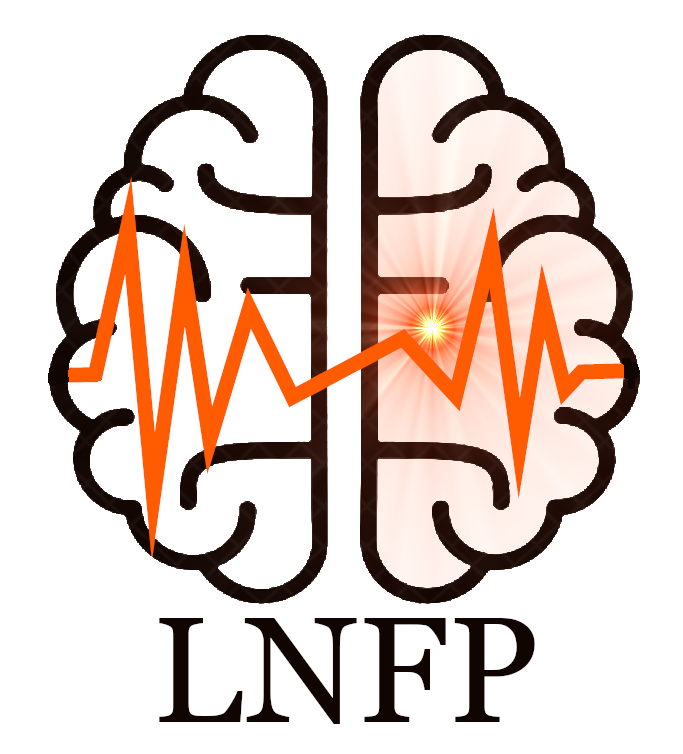C-reactive protein and D-dimer in cerebral vein thrombosis: Relation to clinical and imaging characteristics as well as outcomes in a French cohort study
Résumé
Introduction
Cerebral venous sinus thrombosis (CVST) is a rare disease with highly variable clinical presentation and outcomes. Clinical studies suggest a role of inflammation and coagulation in CVST outcomes. The aim of this study was to investigate the association of inflammation and hypercoagulability biomarkers with CVST clinical manifestations and prognosis.
Methods
This prospective multicenter study was conducted from July 2011 to September 2016. Consecutive patients referred to 21 French stroke units and who had a diagnosis of symptomatic CVST were included. High-sensitivity C-reactive protein (hs-CRP), neutrophil-to-lymphocyte ratio (NLR), D-dimer, and thrombin generation using calibrated automated thrombogram system were measured at different time points until 1 month after anticoagulant therapy discontinuation.
Results
Two hundred thirty-one patients were included. Eight patients died, of whom 5 during hospitalization. The day 0 hs-CRP levels, NLR, and D-dimer were higher in patients with initial consciousness disturbance than in those without (hs-CRP: 10.2 mg/L [3.6-25.5] vs 23.7 mg/L [4.8-60.0], respectively; NLR: 3.51 [2.15-5.88] vs 4.78 [3.10-9.59], respectively; D-dimer: 950 μg/L [520-2075] vs 1220 μg/L [950-2445], respectively). Patients with ischemic parenchymal lesions (n = 31) had a higher endogenous thrombin potential5pM than those with hemorrhagic parenchymal lesions (n = 31): 2025 nM min (1646-2441) vs 1629 nM min (1371-2090), respectively (P = .0082). Using unadjusted logistic regression with values >75th percentile, day 0 hs-CRP levels of >29.7 mg/L (odds ratio, 10.76 [1.55-140.4]; P = .037) and day 5 D-dimer levels of >1060 mg/L (odds ratio, 14.63 [2.28-179.9]; P = .010) were associated with death occurrence.
Conclusion
Two widely available biomarkers measured upon admission, especially hs-CRP, could help predict bad prognosis in CVST in addition to patient characteristics. These results need to be validated in other cohorts.
| Origine | Fichiers éditeurs autorisés sur une archive ouverte |
|---|



